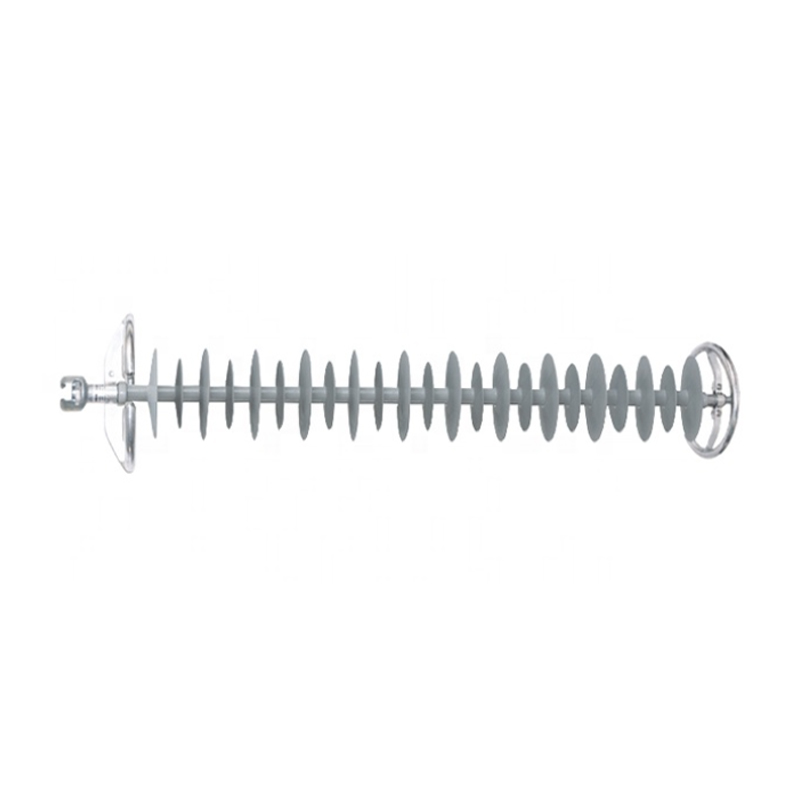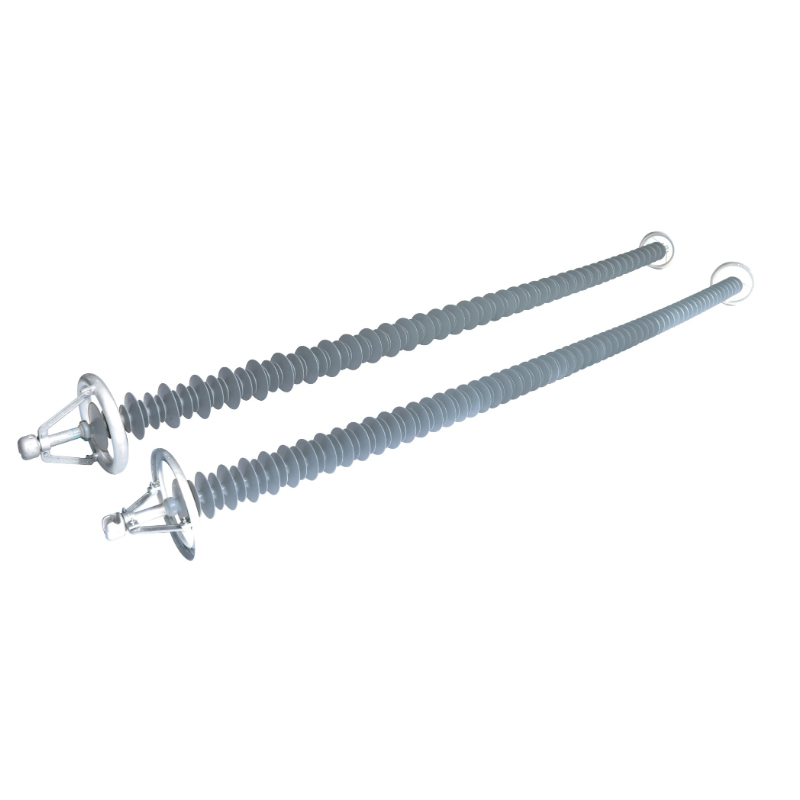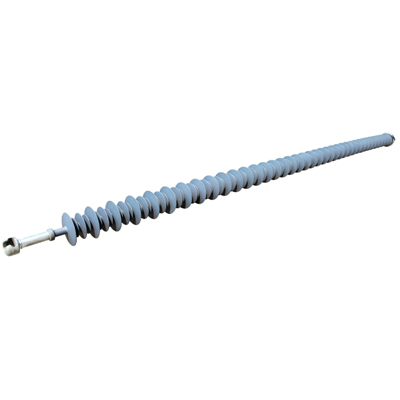How to Choose a Polymer Insulator?
When looking at polymer insulators, we considered several factors that determine superior material and product performance.
When looking at polymer insulators, we considered several factors that determine superior material and product performance. But ultimately you need to ask, how do you begin to replace porcelain strings with polymer insulators?
To do this, we need to consider equivalence. This is how we set our criteria, enabling us to determine which properties are critical for switching to polymers.
This brief overview covers the insulator properties that need to be considered when looking for a suitable polymer equivalent to porcelain strings. For an in-depth discussion, please read the detailed white paper.
Polymer Insulator is a kind of special insulation control widget.It plays an important role in overhead transmission lines.There are many types of polymer insulator: polymer suspension insulator; composite pin insulator;polymer station post insulator; composite line post insulator etc.

145kV Polymer Suspension Insulator
What is Polymer Insulator made of?
Polymer insulator consists of three parts: FRP( Fiber Reinforced Plastic) rod, silicon rubber umbrella , and galvanzied fittings.
Silicone rubber shed adopts an integral injection molding process.This process will solve the key problem (interface electrical breakdown)that affects the reliability of polymer insulator.
Our factory adopts the most advanced crimping technology to assemble FRP rod and fitting.This technology is equipped with a fully automatic sonic flaw detection system. Helping us to make high strength, beautiful appearance, small size and light weight product.
Galvanized metal fittings can prevent rust.All metal fittings adopt the international standard of galvanzied:ASTM A 153.
Polymer insulator can interact with porcelain insulator. It has reliable structure.so that not easy to damage FRP rod. And it can give full play to its mechanical strength.

330kV Polymer Suspension Insulator
Physical and electrical properties
There are two main types of functional performance equivalence, namely physical and electrical properties.
There are two aspects of physical equivalence. These are defining the mechanical strength of the porcelain bell and determining the appropriate section length. Polymer insulator designs offer a variety of strength ratings and the ability to effectively match section lengths. This minimises the impact on the existing porcelain bell chord design.
The electrical characteristics must then be analysed for suitability to the system voltage. The three types of pressure usually considered are
60 Hz supply frequency
Switching pulses
Lightning surge voltages

1000kV Polymer Suspension Insulator
The electrical characteristics of the insulators must therefore be verified after selecting the appropriate strength and size.
In addition to other electrical stresses, transmission line flashover at nominal system voltages is usually caused by the build-up of contaminants on insulator strings. It is therefore important to compare insulator leakage distances to determine performance under these conditions.
Making comparisons
The ultimate strength of porcelain suspension insulators is characterised by porcelain electromechanical (M&E) values. For polymer suspension insulators, the equivalent measure is the specified mechanical load (SML).
To select a polymer insulator of the right strength, choose an insulator with an SML equal to or greater than the M&E value of the porcelain insulator. From there, knowing the electrical rating required for the line will ensure that the polymer insulator meets the specific design criteria.
In many cases, a polymer insulator with a similar SML will meet or exceed the required electrical rating. Providing increased leakage distances is dependent on the bobbin profile, resulting in improved contamination performance on the same cross-sectional length of porcelain rope.
For further technical information talk with our specialist or visit our website https://www.saagrid.com. We can help you to identify the best solution for your application.